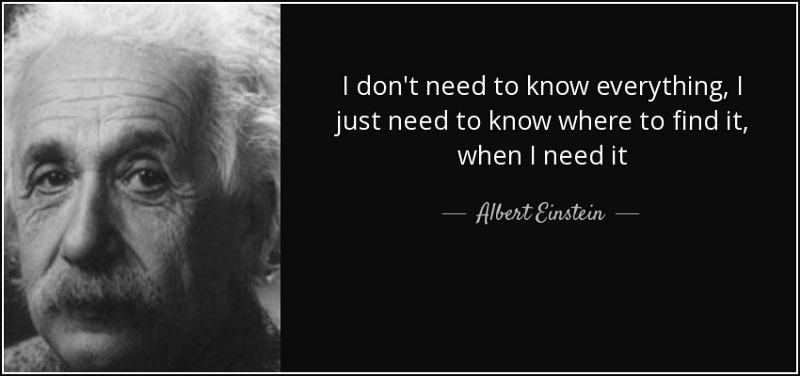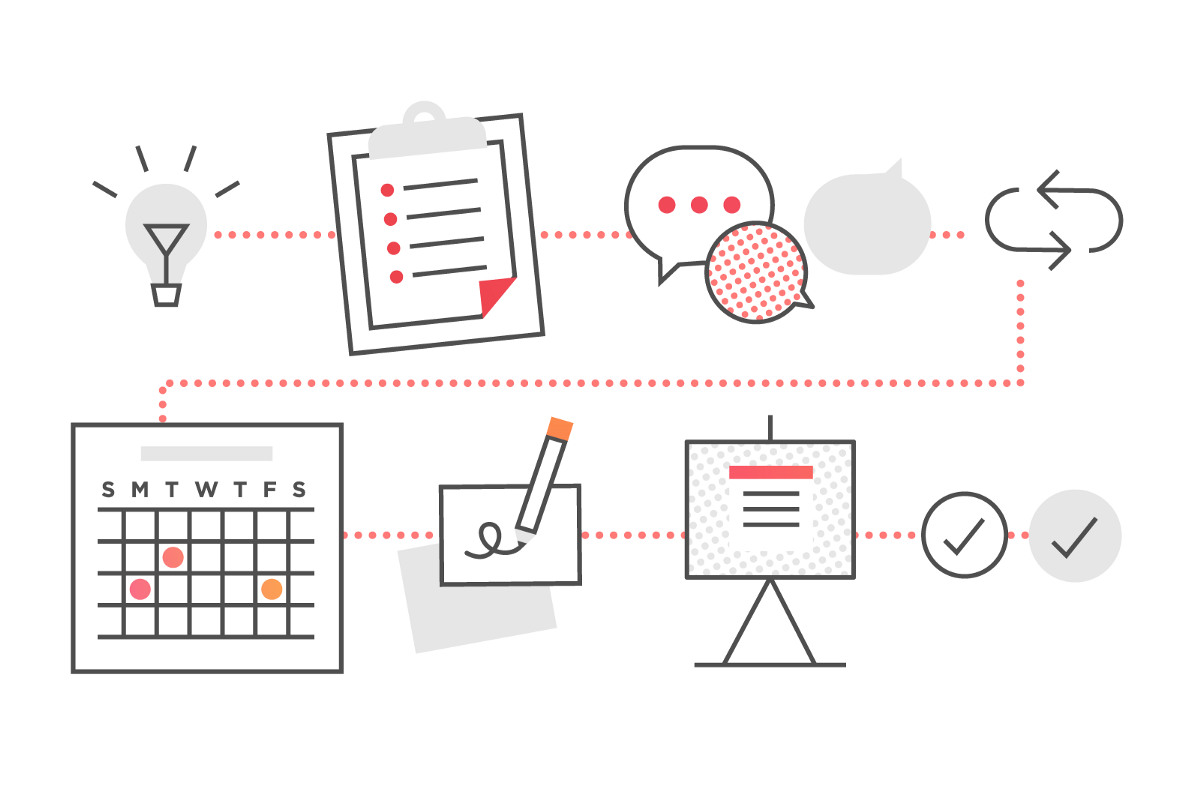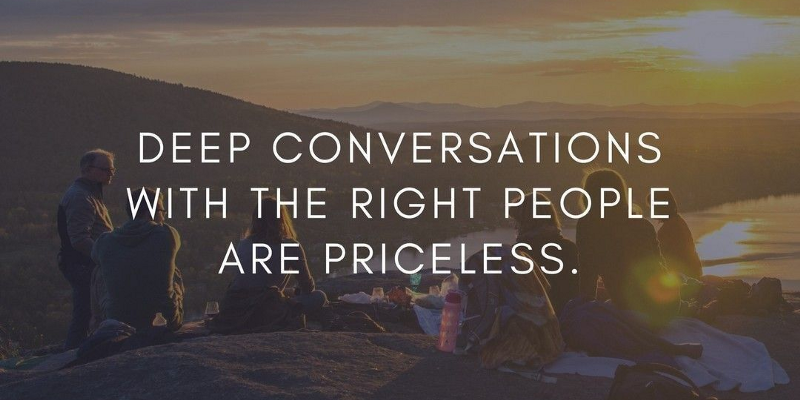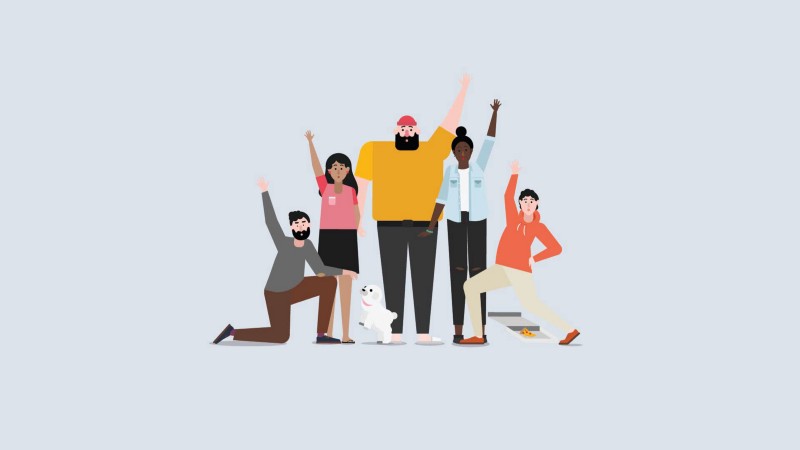
Becoming a UX Leader, from Christopher Murphy at Smashing Magazine
In my first story ‘User Experience is …’ I promised that …
"over the course of a few stories, I’ll try and cover a few of the sciences we draw upon in our art as a creative community to create engaging experiences."
In my last story I talked around how User Experience is … accessible design and particularly that the beauty of designing for everyone is the benefits spread wider than you think. For instance increasing the contrast will help those with sight loss but also help those out in the bright shine shine on a summer’s day.
One of the key things for User Experience is being able to provide ideas and understanding of a problem to different groups within the business. You’ll need to allow business units to understand the core of the problem and the root cause, so that you understand the problem, what you’re trying to solve, and also how you know you’ve successfully solved it. You’ll also need to share ideas on solutions with engineering teams to understand how you might be able to design out the problem and provide users with an appropriate solution.
To do this you’ll need to continually provide certainty and get people on board. We used to call this evangelising UX, but we’re not a cult or religion! Really this is showing some form of leadership no matter at what scale.

Becoming a UX Leader, from Christopher Murphy at Smashing Magazine
I’ve recently had the privilege to join the UK’s top Experience Design Leaders in an exclusive intensive program for design thought leaders.
In the session, we had an open and honest conversation with the community about things people have learned about UX leadership the hard way. Those things that if you could have your time again, you’d go back and make a few changes to just make life that little bit easier. Jared and the team gave the power of hindsight to the group and enjoyed many stories, truths and insights from the group.
Leadership is no easy thing and it is always difficult to get it right, so naturally, there are trips and mistakes along the way. Although a lot of stories were shared, there were some key themes that I wanted to share.

You don’t need to know all the answers or know all the details. Just need to be able to help the team find the answers and empower them to own what they are doing
This was an insight that was repeatedly shared throughout the session. Which gave everyone a degree of comfort and confidence, as it’s not about having the right answers all the time, just supporting colleagues to find the best way is to get an answer and also know that it’s correct.

Choosing the right design process
This theme was shared by almost all of the group and recognised as one of the key enablers for the team to get work out and be able to share the value of design within current processes and ways of working.
Setting up stakeholder’s expectations of the design process. So that everyone is comfortable to share as soon as possible, before things are finished to receive feedback early in the process.With both stakeholders and designers realising things aren’t finished but just at a point where further refinements can happen.
A critique culture is not the norm in the majority of clients, so fear of failure is normal. The craft is winning their trust and helping them become biased toward action; “failure sucks but instructs”.
It was felt this was at the core of making sure that the process runs smoothly and is at the heart of ways of working. If you lead your audience through your design story, they will not only enjoy the book at the end of the process, but will have also enjoyed the story as it’s happened. It’s happening with them and not to them.
Something that was related to this was how to build trust not only with the stakeholders but also with your team, which often looks at how you do things, not necessarily what you do.
Building trust with others will go farther than simply exhibiting your proficiency in any hard skill.
If you’ve managed to win the trust of stakeholders it means that you’re able to work more comfortable with unknown things and work more with a hypothesis framework to continually test and learn assumptions as a team, while you build certainty.
User experience is … user story flow
A lot conversations within the UX community is how it’s best to work in sprint with engineering teams. Understanding user flow helps
User experience is … using design frameworks to guide solutions
Design frameworks help us to define, experiment, build, test and learn so we can create certainty, define user stories and iterate, but what’s the difference between them?

UX Designers telling a story of a great product
To follow defining a good way of working for the creative team and how they work with existing teams another theme emerged following an interesting discussion point into how we go about doing the design work and sharing it.
Every UX Designer, on every project, must be an educator. If our clients understood good design, and a design process, and their project was on track to meet its goals — they wouldn’t have hired a UX Designer.
With this in mind, it was also mentioned at key points within the conversation that presentation and story telling is also an important part of being a UX Designer.
Teaching your staff presentation skills is as important as teaching them any other design or technical skill. Your staff may create a wonderful solution for the client, but knowing how to present it, handle criticism, control the scope of the conversation, describe the recommendations, and clearly explain the research behind the recommendations is critical to a successful presentation & project.
The conversation then moved away from your own team and starting to look at the other teams you work with and the wider organisation you’re working in.

Having the good conversations, in a good way, with good people are just so … good!
Linked to the second theme of ‘setting a good way of working’ was the need to make sure the teams we work with are flexible enough and have appetite to alter how they do things and broaden their thinking, so that we have the space to explore creative solutions to problems. This was looking outward from the team instead of looking inwardly on the team.
The importance of influencing stakeholders to create a functional environment where design, product and engineering can creatively solve problems together. Also, the ability to say no to work in clients or areas of the business where there has been less digital transformation, or low maturity of design, product or creative coders.
And it was emphasised that this isn’t about lip service and nodding heads, but is all about the actions and not the words. So that teams don’t continue to try and short cut to the quickest/easiest solution but the best solution which mets the needs of the problem and provides the most user and business benefit.
I’ve learned that, on paper, executive stakeholders want design leaders who “speak for the user” and “argue in favour of data-driven, user-centric solutions that provide business value,” when what many of them want are minions who will design to the stakeholders’ specs. Designers who want to remain employed will need to navigate this political minefield. This is a soft skill that runs counter to our hard skills.
And this was encapsulated by one of the UX Leaders by focussing on human behaviour and the emotion of people and groups.
Not all stakeholders buy into the importance of the user experience and the impact it makes on the potential of what is possible for the organisation. But all stakeholders what a successful product and can see when products are successful, which are normally the user centred ones
With the group adding, that having some good case studies within organisations that both have had a user focus and those that haven’t and comparing the outcomes and benefits that those products had.
The experience of the group found that 9 times out of 10 the user focussed products always had better outcomes, benefit, value, perception and reputation within the organisations.
Adding that once stakeholders had made a mistake in their judgment, by not enabling UX to get involved and saw the results of their actions, they tend to be more open to new suggestions and ideas. Sometimes you just need to let others make mistakes and you can’t safe guard every product with the care and attention that UX do.

Cultural and creative sector representation from the European Commission
While the group were looking outwardly from the team they built on the previous theme to look a little wider into the overall creative culture of the organisation and the other teams you‘re working with.
There’s a real art to focusing people on the right questions to ask and the right variables to test against. It can be tempting to say that “everything matters” and at some level that’s right. But not everything matters equally.
There was a big realisation that creativity shouldn’t be seen as only being an activity that happens by the design team. Creative thinking and problem solving should be owned by the whole organisation, as all teams need to have some creative thinking in some way, particularly those teams that we work with.
My biggest surprise? That other disciplines in IT (architects, analysts, developers) were already doing “design” and “UX”, without knowing.
To craft the best experiences we need to work with creative problem solvers in the form of Product and also creative coders in the form of engineers/developers to help think around problems.
But in all cases was the fact that the product roadmap is so important to allow all these teams to understand the user and business need and constraints to formulate their thinking. This is the catalyst for all the creative thinking to stem from. It enables formulation of hypothesis and then test and learn until we’re certain about the stories that the team deliver. Which also involves mapping the UX strategy and goal with the product goals.
How User Experience is … providing value
Something that I’ve mentioned a number of times in past stores is value, and how User Experience is providing value

Microsoft Teams illustration
And finally the group discussed the need to flex the style of leadership and continue to adapt to the team you have and the team’s you’re working with.
The main thing that was discussed was a change that most of the leaders had been through themselves was growing in their experience and confidence to be able to lead from a different position than fear.
Not leading from a place of fear. Fear of failure, fear of being disliked, fear of not knowing all the answers. This was such a hard lesson for me to learn, and I can’t say I’m 100% on the other side yet, but certainly better than before. Reading Daring to Lead has helped with this quite a bit.
There was also a realisation that leadership is another skill entirely totally independent of any technical skill. So that you don’t have to be the best technically in order to be able to lead a team, but you do have to care about people and be able to support them.
I think vulnerable leadership takes a while to warm to … and getting over the misconception that you have to be the most technically skilled or most knowledgable designer on your team to be a good leader. I’ve learned to admit that I don’t always see when things are “a pixel off” and that I am not particularly well-versed in grid theory :)
With the conclusion from the group that the leaders and managers are different and have different skill sets.
I learned that the Leader is often confused with a manager. While a manager role is often limited to ask and get answers to keep track of resources and timelines; a Leader also listens, help into professional growth, and inspire.
To finish the group shared a couple of nuggets on universal truths for leadership styles. Putting off difficult or challenging conversations bites you harder in the long run. So it’s easier to nip things in the bud instead of letting them run on and balloon. And the fact that you always have to ‘manage’ or show leadership at all levels.
Managing upward is just as important as managing downward and laterally. You can be everyone’s favourite leader, but it won’t matter if you’re not considered a good follower by your management.
Everything is leadership. Even with a great vision (the minimum expectation in digital or tech), you have to be able to sell that vision, to stakeholders (for buy-in and funding), and your team (as they need to believe in it), and even to others. The more novel the vision, the harder the sell.
Whether you’re strengthening your skills as an individual contributor or transition into a leadership role, User Experience does involve some form of leadership no matter at what scale. So User Experience is … becoming a (design) leader to a degree and in certain aspects.
Thank you to the group for sharing so many interesting stories and what they’ve found hard along the way. It’s been a true pleasure to take part in this and also to learn from these stories as others in the group have.
Next up I’m going to look at scrum and understand if anyone really does scrum or if it’s just a myth in User experience is … inspecting and adapting both ux and agile. Reflecting on if rose tinted glasses are worn when scrum is talked about and evangelised, which doesn’t match the reality of how organisations really work.
Originally written as part of the ‘User Experience is …’ series for UX Collective.